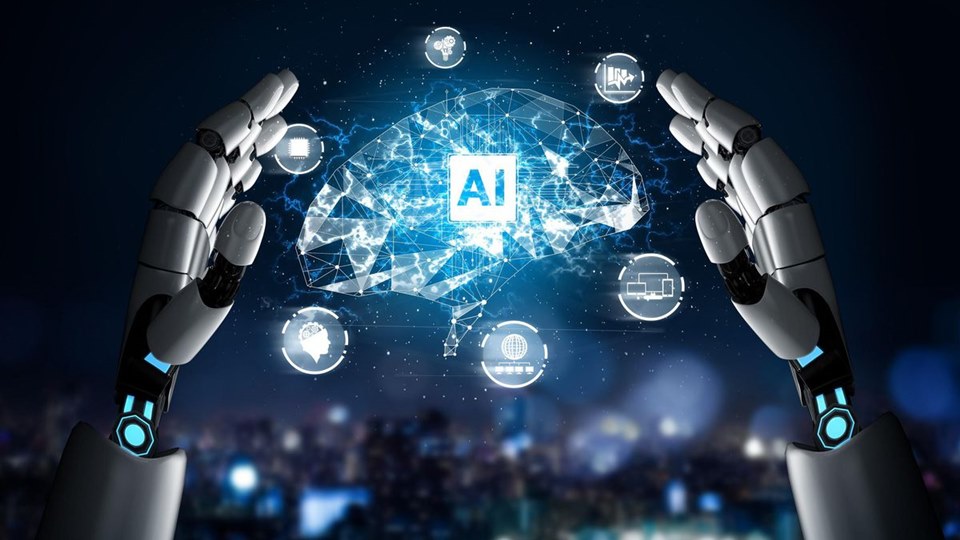Artificial Intelligence (AI) has revolutionized various industries, from healthcare to finance, by enabling machines to perform tasks that typically require human intelligence. Behind the scenes, AI programming plays a crucial role in creating intelligent systems and algorithms.
In this article, we will delve into the world of AI programming, exploring its definition, key concepts, and the techniques used to build intelligent systems. Join us as we demystify AI programming and shed light on its inner workings.
Understanding Artificial Intelligence (AI)
Defining AI Artificial Intelligence refers to the simulation of human intelligence in machines that can analyze data, make decisions, and perform tasks without explicit human programming. It involves creating algorithms and models that mimic cognitive processes and learning capabilities.
Machine Learning and Deep Learning
Machine Learning (ML) and Deep Learning (DL) are subsets of AI programming. ML focuses on creating algorithms that allow machines to learn from data and make predictions or decisions, while DL involves training deep neural networks with multiple layers to extract complex patterns and perform advanced tasks.
Key Concepts in AI Programming
Data Collection and Preprocessing AI programming relies heavily on data. Collecting and preprocessing relevant data involves gathering high-quality datasets, cleaning and formatting them, and preparing them for training AI models.
Feature engineering involves selecting and transforming the relevant features (variables) in the dataset to enhance the performance of AI models. This process helps the models extract meaningful patterns and make accurate predictions.
Traditional AI Programming Techniques
Rule-based systems involve creating a set of predefined rules and conditions that guide the behavior of an AI system. These rules are based on expert knowledge and provide explicit instructions for decision-making.
Genetic Algorithms Genetic
Algorithms use principles inspired by natural evolution to optimize AI models. They involve generating a population of potential solutions, applying genetic operators like mutation and crossover, and selecting the fittest individuals to create the next generation.
Machine Learning Algorithms
Supervised learning algorithms learn from labeled datasets, where the input data is paire with corresponding output labels. They aim to generalize patterns from the training data to make predictions or classify new, unseen data.
Unsupervised learning algorithms analyze unlabeled data to identify underlying patterns, group similar data points, or reduce the dimensionality of the dataset. Clustering, dimensionality reduction, and anomaly detection are common unsupervised learning techniques.
Reinforcement learning involves training an AI agent to make sequential decisions based on interactions with an environment. The agent receives rewards or penalties for its actions, guiding its learning process to maximize long-term rewards.
Deep Learning and Neural Networks
Neural Network Architecture Deep learning relies on neural networks composed of interconnected layers of artificial neurons. Each neuron performs simple computations, and the network as a whole can learn complex patterns through training with labeled data.
Convolutional Neural Networks (CNNs)
CNNs are widely used in image and video analysis. They are designe to automatically extract relevant features from visual data, enabling tasks such as image classification, object detection, and image generation.
Recurrent Neural Networks (RNNs)
RNNs are suitable for sequential data analysis, such as natural language processing and speech recognition. Their ability to retain memory of past inputs makes them effective in tasks that involve sequences or time-dependent patterns.
Tools and Libraries for AI Programming
TensorFlow is an open-source library widely use for building and training machine learning and deep learning models. It provides a flexible platform for implementing AI algorithms and offers various pre-built models and tools.
PyTorch is another popular open-source deep learning framework that emphasizes flexibility and dynamic computational graphs. It is known for its user-friendly interface and extensive community support.
Conclusion:
AI programming lies at the core of creating intelligent systems and algorithms. By understanding the fundamental concepts, techniques, and tools involved in AI programming, you can embark on the journey of building AI models that can learn, adapt, and make intelligent decisions.
Whether you explore traditional AI programming techniques, delve into machine learning algorithms, or dive deep into neural networks, the key lies in continuous learning, experimentation, and staying updated with the latest advancements in the field. Embrace the world of AI programming and unlock the potential to create innovative and intelligent solutions.
Onal AI programming techniques, delve into machine learning algorithms, or dive deep into neural networks, the key lies in continuous learning, experimentation, and staying updated with the latest advancements in the field. Embrace the world of AI programming and unlock the potential to create innovative and intelligent solutions.

